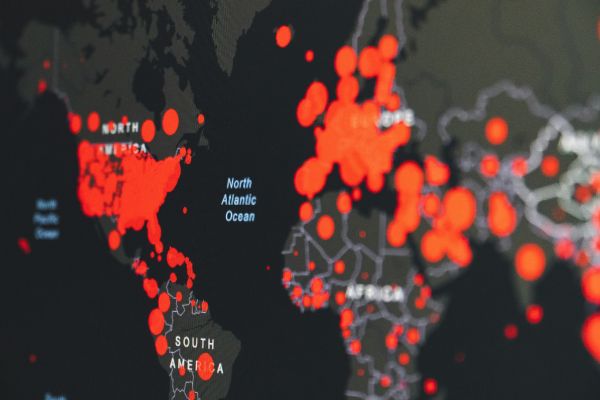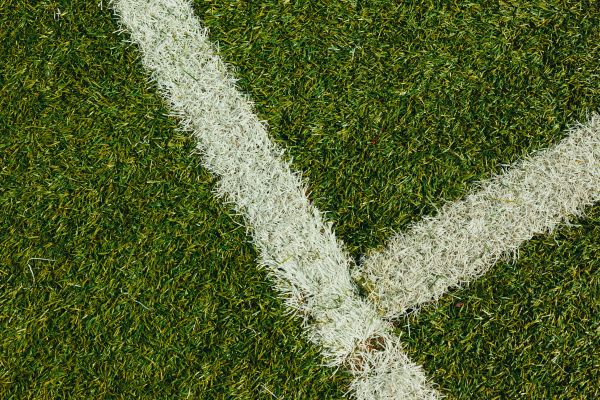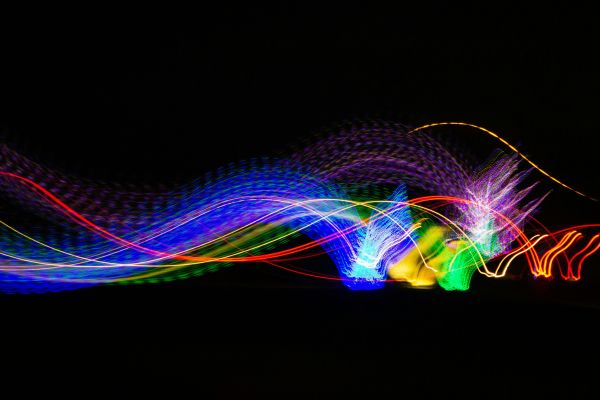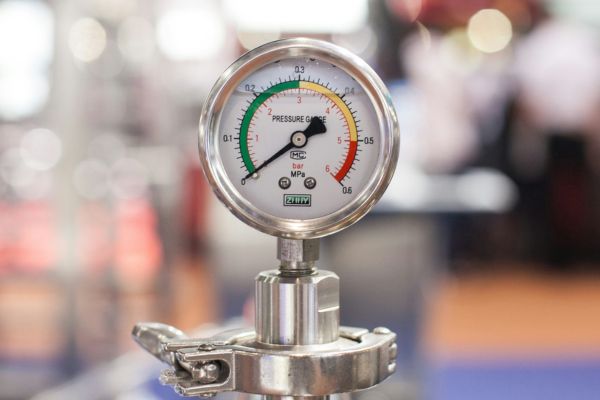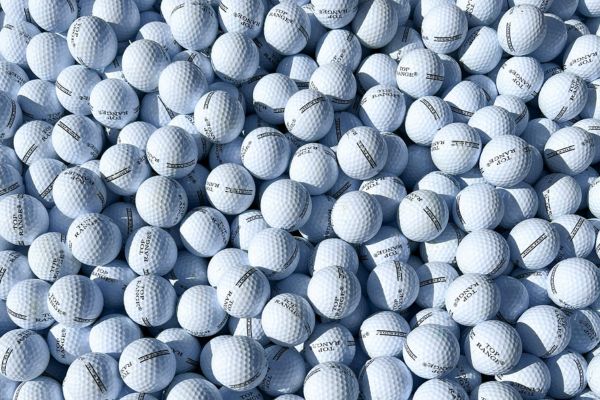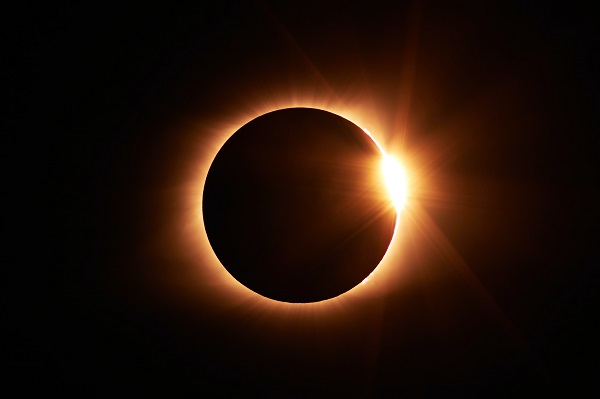The structured products market covers a broad spectrum of product types and asset classes. Market participants have regularly created innovations in product payoffs as investment banks and distributors try to find new ways to increase product appeal and increase potential returns for investors.
Introducing the star feature
One such payoff modification which has recently been introduced into both the UK and international markets is the “Star” feature. This feature is an enhancement to the standard European barrier which is common across many product types and geographic regions. The star feature can be applied to capital-at-risk products that are linked to more than one underlying. For most multi-asset products the capital repayment condition is dependent on the value of the worst performing underlying (the “worst-of” product type). For a standard product with a European barrier if one or more of the underlying assets is below the barrier, the barrier is breached and some capital will be lost. The one star feature has the key difference that if one of the underlyings is greater than a certain level (typically the initial strike level) capital will be repaid in full even if the barrier is breached. Therefore in an example with four underlyings, three of them might finish below the barrier but if one was greater than its starting level the capital investment would still be repaid.
Examples from Hilbert and IDAD
In the UK, Hilbert recently distributed a defensive Autocall product issued by Citigroup using the star feature. The product was linked to five stocks (British American Tobacco plc , HSBC Holdings Plc , Persimmon Plc , Phoenix Group Holdings plc and Rio Tinto plc) and paid an annual return of 18.3%. The product had reducing autocall levels and a European barrier of 60% with the star feature present.
Another UK distributor, IDAD also currently has a product with the star feature available in the offshore market. It is issued by BNP Paribas and called the One Star Effect Reducing Autocall. This is linked to four stocks; Advanced Micro Devices Inc. , Carnival Corporation , Tesla Inc. and Zoom Video Communications Inc. This product pays an annual return of 23% if all four underlyings are above the required autocall levels at which point the product terminates. The first autocall point is after one year and the autocall level is 100% of the initial level. During the life of the product, the autocall level is reduced by 2.5% at each quarterly point down to 60% for the last 5 autocall dates. The product has European barrier of 50% which will be breached if one of more of the underlying stocks are below this level at maturity. However, because of the star feature, if the barrier is breached and one of the remaining stocks is at or above 100% of its initial level, capital will be returned in full.
| IDAD One Star Effect Reducing Autocall April 2022 | Control product with same AC schedule and 50% European barrier | |
| Outcome | Simulated probability (%) | Simulated probability (%) |
| Autocall at first point (AC level 100%) | 29.35% | 29.35% |
| Autocall at points 2-20 (AC level 97.5%-60%) | 38.73% | 38.73% |
| Capital loss | 21.79% | 31.08% |
| Capital return (no AC) | 10.13% | 0.84% |
Source: FVC Offshore Structured Edge service (www.structurededge.com/os)
Reducing the chance of capital losses
The table shows a summary of output from the Structured Edge research report on the IDAD product compared with an autocall structure with the same schedule of payments and barrier level but no star feature. The simulated probabilities are calculated using FVC’s pricing models, independent market data and projected equity growth rates based on long term historic market performance. The results demonstrate the effect of the star feature on the potential return of capital for the IDAD product. Introducing the star feature decreases the chance of capital loss from 31.08% to 21.71%.
The initial estimated price difference between the IDAD product and the control was in excess of 5%. This is a significant difference and shows that the feature comes at a cost which will reduce the potential returns of the product. An autocall without the star feature could have offered a coupon in excess of 28% for the same overall cost structure.
Both of these example products are defensive autocalls linked to baskets of stocks. At the time of the analysis of the IDAD product, the one year at-the-month volatilities for the stocks were typically over 35% and correlation levels between 70% and 85%. The product offers a high return of 23% p.a. and has a deep barrier of 50% with the additional protection of the star feature which will benefit investors in different scenarios such as increased volatility and one stock performing adequately even if one of the rest suffers a large fall.
Tags: Structured EdgeA version of this article has also appeared on www.structuredretailproducts.com
Image courtesy of: Markus Spiske / unsplash.com




